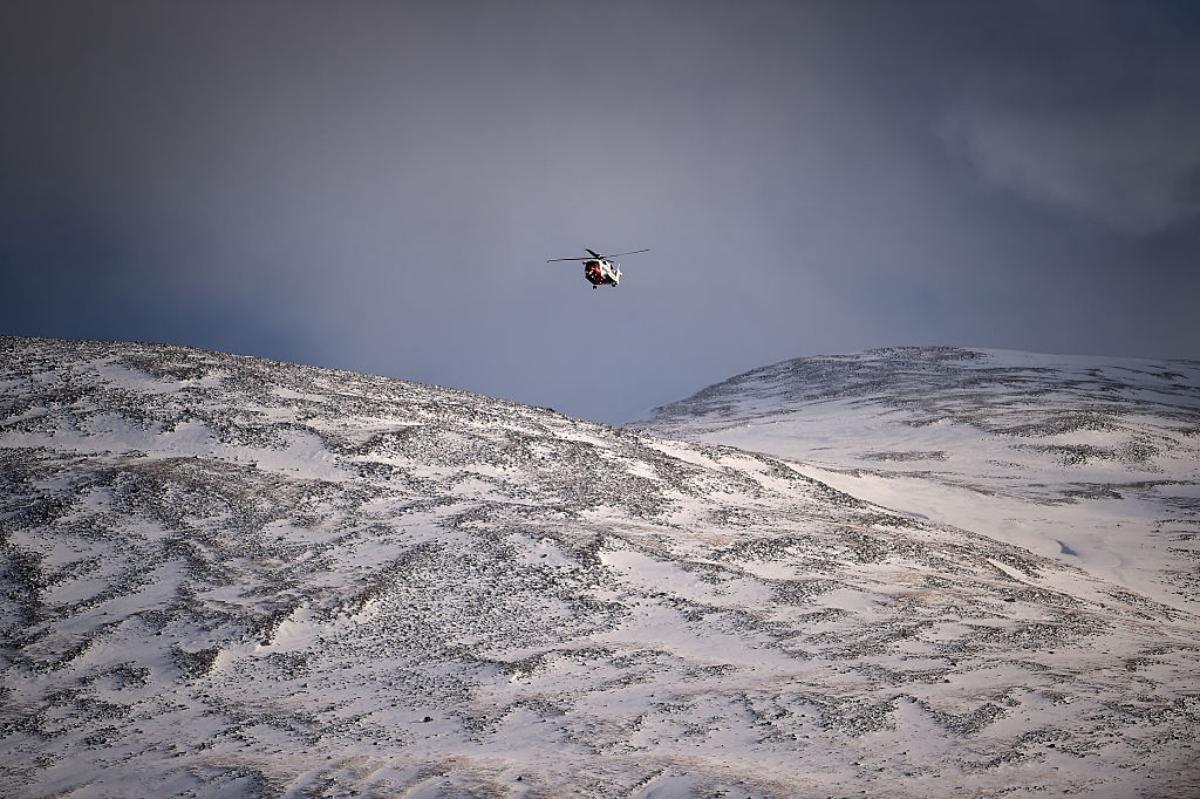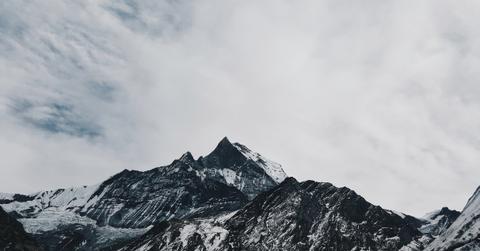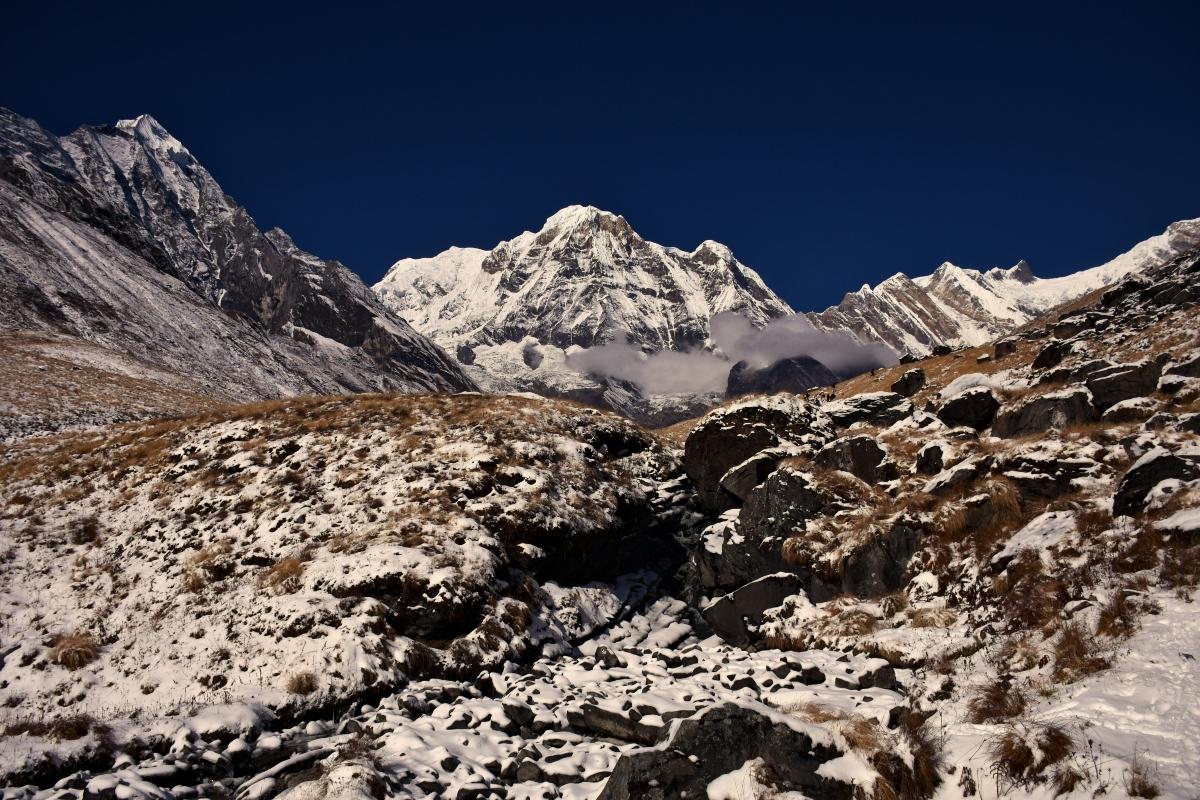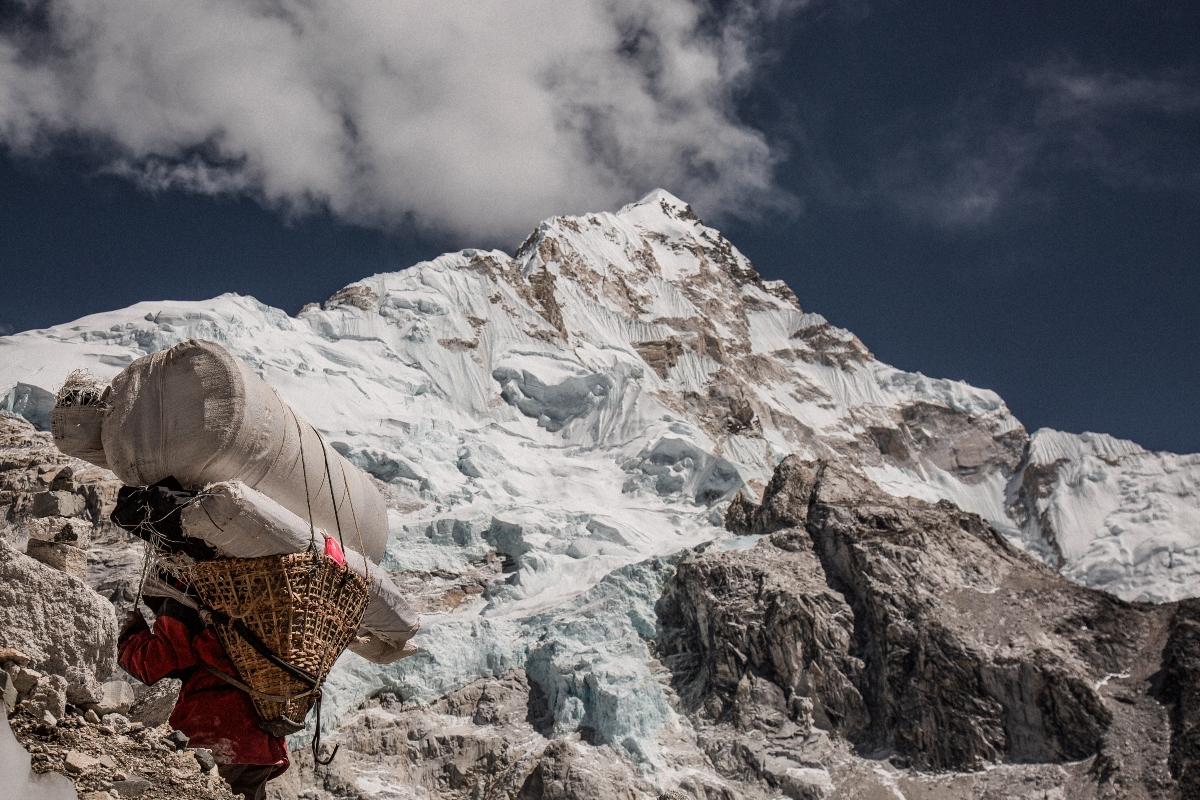Annapurna's Death Rate May Deter Even the Toughest Climbers
Published June 1 2023, 4:29 p.m. ET
It's no surprise that mountain climbers are generally a strong and determined bunch, but even the most experienced of climbers aren't invincible against dangerous forces of nature. Annapurna is one of the toughest mountains to climb, at over 26,000 feet. But why is the Annapurna death rate for climbers so high?
Although many of us tend to think of climbing Mount Everest first when we consider dangerous mountains to summit, there are several mountains that are even harder to survive. Annapurna, located in north central Nepal, is considered to be the deadliest mountain on Earth, Men's Journal reported.
What is the Annapurna death rate?
Although Annapurna is not the highest mountain on the planet, it is statistically one of the deadliest mountains based on the percentage of climbers who attempted the summit and didn't make it back safely. Annapurna is the world's 10th-highest mountain at 26,545 feet (8,091 meters) and has the highest fatality-to-summit rate of all mountains above 8,000 meters.
French mountaineer Maurice Herzog was the first to summit Annapurna in the 1950s. Since then, according to Outside Magazine, there have only been 395 successful summits of Annapurna, while more than 10,000 have successfully completed the summit of Mount Everest. Typically, only the most experienced mountaineers attempt to climb Annapurna, but even experience cannot always ensure a safe summit and return.
Noel Hanna, an Irish climber who had successfully reached the summit of Everest 10 times, died on the descent from Annapurna in April of 2023. Outside said he had attempted to summit without supplemental oxygen and died at Camp IV at an elevation of 23,300 feet.

Several other climbers went missing on the same expedition. Indian climber Baljeet Kaur, also an experienced climber, went missing around the same point as Hanna, and rescue helicopters were able to locate her and bring her safely off the mountain.
Anurag Maloo also was rescued from the mountain.
Mingma Sherpa of Seven Summit Treks spoke with U.S. News and World Report about the rescue mission for Maloo. "This sort of rescue is rare because the location is very dangerous," Sherpa said. "For one person, seven other climbers put their lives at risk. It was his sheer luck that they found him alive."
Death rate estimates for Annapurna vary somewhat. In 2022, Men's Journal reported the rate at about 32 percent, but Wikipedia said that the rate fell from 32 percent in 2012 to just under 20 percent as of 2022.
Why is Annapurna so dangerous?
As Reuters notes, the risk of frequent avalanches is part of what makes climbing Annapurna so dangerous. At least 72 climbers have died on the mountain, Reuters stated.
Is Annapurna deadlier than K2?
K2 is the second-highest in the world at 28,251 feet. It's estimated that about one in every four climbers who attempt to climb K2 die, putting its death rate very close to that of Annapurna. If the estimate of about 20 percent death rate for Annapurna is correct, then K2 has surpassed Annapurna as the deadliest mountain on Earth.
K2 has also been called the Savage Mountain thanks to American climber George Bell, who attempted it in 1953 and said, "It's a savage mountain that tries to kill you."


